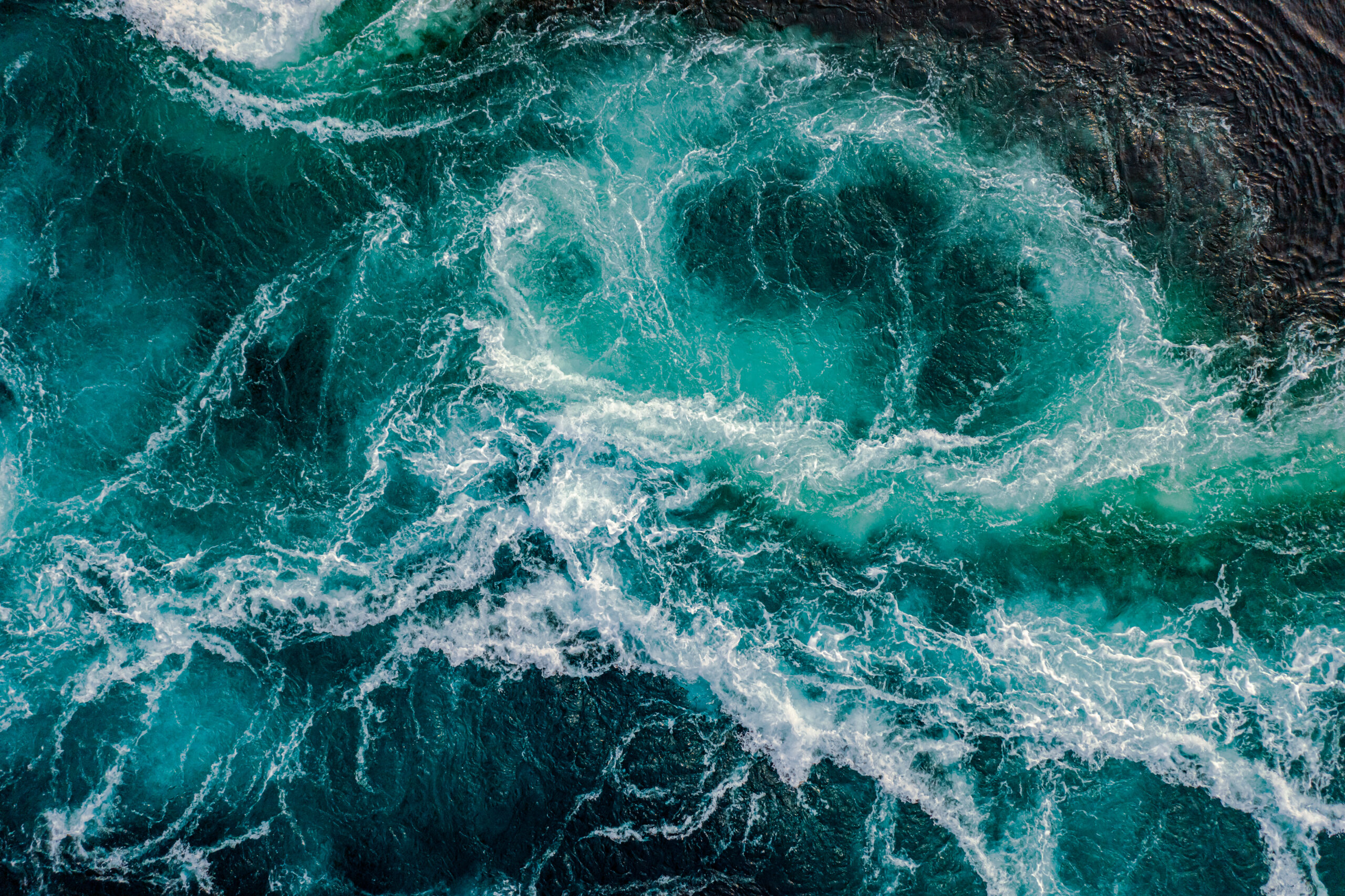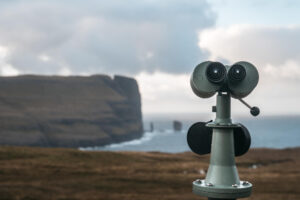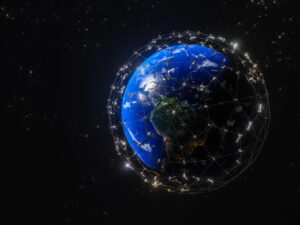In the realm of marine cartography, estimating coastal water depth has long been a challenge. Traditional methods often require extensive fieldwork, which can be costly and time-consuming. However, with recent advancements in technology, particularly in satellite imagery and remote sensing, a groundbreaking solution has emerged: satellite-derived bathymetry.
What is Satellite-Derived Bathymetry?
Satellite-derived bathymetry, or SDB, is a cutting-edge technique that utilizes satellite imagery to estimate water depth in coastal areas. By analyzing the interaction between light and water, specialized algorithms can infer depth information with remarkable accuracy.
The Benefits of SDB
- Cost-Effective and Efficient: Unlike traditional methods that involve labor-intensive surveys, SDB offers a cost-effective and efficient alternative. With satellite imagery readily available, data collection becomes faster and more accessible.
- Wide Coverage: Satellites can capture vast stretches of coastline in a single sweep, providing comprehensive coverage that would be impractical with conventional methods. This wide coverage is invaluable for mapping large and remote areas.
- Rapid Updates: With the ability to collect frequent satellite images, SDB allows for rapid updates to depth maps. This real-time data is essential for monitoring dynamic coastal environments and responding to changes effectively.
How Does SDB Work?
SDB operates on the principle of remote sensing, where satellites capture electromagnetic radiation reflected or emitted from the Earth’s surface. By analyzing the spectral characteristics of water bodies, algorithms can derive information about water depth.
Challenges and Limitations
While SDB offers significant advantages, it is not without challenges. Factors such as cloud cover, water turbidity, and sun glint can affect the quality of satellite imagery, impacting the accuracy of depth estimates. Additionally, SDB may struggle in shallow or highly dynamic coastal areas where traditional survey methods remain necessary.
Future Directions
Despite these challenges, ongoing advancements in satellite technology and data processing techniques hold promise for further improving the accuracy and reliability of SDB. Integrating SDB with other data sources, such as LiDAR and multibeam sonar, can enhance depth estimation in complex coastal environments.
Conclusion
Satellite-derived bathymetry represents a revolutionary approach to estimating coastal water depth. By harnessing the power of satellite imagery and remote sensing, SDB offers a cost-effective, efficient, and scalable solution for marine mapping applications. While challenges remain, the potential of SDB to transform our understanding of coastal environments is immense, paving the way for more informed decision-making and sustainable management of our oceans.







